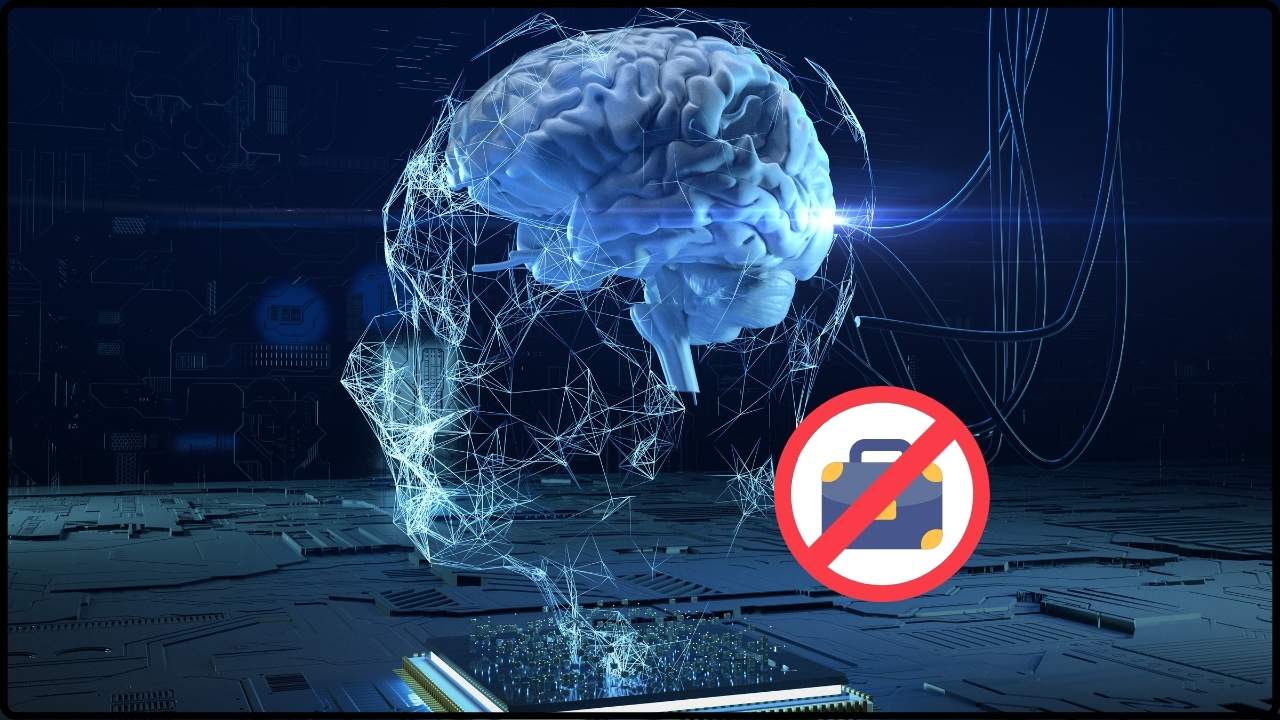Black Hole Detected Spinning at Blistering 80% of Its Max Speed: The universe, vast and unyielding, has offered us yet another powerful lesson in the form of a spinning giant. Scientists have officially confirmed that the supermassive black hole known as M87*—sitting quietly at the center of galaxy Messier 87, some 55 million light-years from Earth—is rotating at an astounding 80% of the maximum theoretical speed allowed by the laws of physics. This isn’t just a number. It’s a revelation.
This discovery is more than a cosmic curiosity—it’s a fundamental confirmation of some of our deepest scientific theories. It touches every corner of astrophysics, from Einstein’s General Relativity to the mechanisms that shape entire galaxies. For professionals in space science and curious learners alike, this is a moment to pause, look up, and marvel.
Black Hole Detected Spinning at Blistering 80% of Its Max Speed
The confirmation that M87* is spinning at 80% of its maximum possible speed isn’t just a headline—it’s a leap forward in our cosmic journey. It proves Einstein’s vision of a twisted spacetime. It explains how black holes shape galaxies. It even gives us clues about the birth and fate of the universe. In a sky filled with mysteries, M87* is a bright torch guiding us forward—not by light, but by insight. The more we look, the more we learn—not just about the cosmos, but about ourselves.
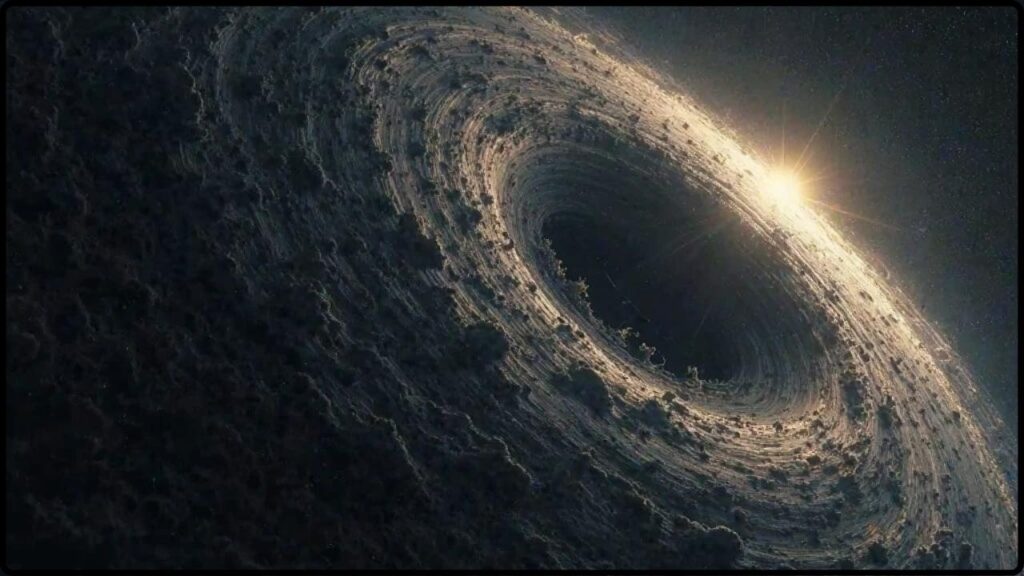
| Feature | Details |
|---|---|
| Black Hole | M87*, 6.5 billion times the mass of the Sun |
| Spin Rate | ~80% of the Kerr limit (dimensionless spin a = 0.8) |
| Disk Speed | Inner accretion disk rotates at ~42 million m/s (~14% of light speed) |
| Jet Behavior | Jet precesses every ~11 years, likely due to frame-dragging |
| Observational Tool | Event Horizon Telescope (EHT), global radio telescope array |
| Key Confirmation | Supports General Relativity and Kerr Black Hole model |
| Official Source | Event Horizon Telescope |
What Is M87* and Why Is It Important?
M87* is not just any black hole. It was the first black hole ever imaged directly, thanks to the historic efforts of the Event Horizon Telescope (EHT) in 2019. That glowing donut-shaped image was humanity’s first look at the shadow of a black hole.
Now, the EHT has gone a step further. Using follow-up observations and sophisticated modeling, researchers have confirmed that M87* is spinning at 80% of the maximum possible rate a black hole can achieve before violating the very rules of spacetime.
This makes M87* a real-world example of a Kerr black hole—a rotating black hole described by Roy Kerr’s solution to Einstein’s equations in 1963.
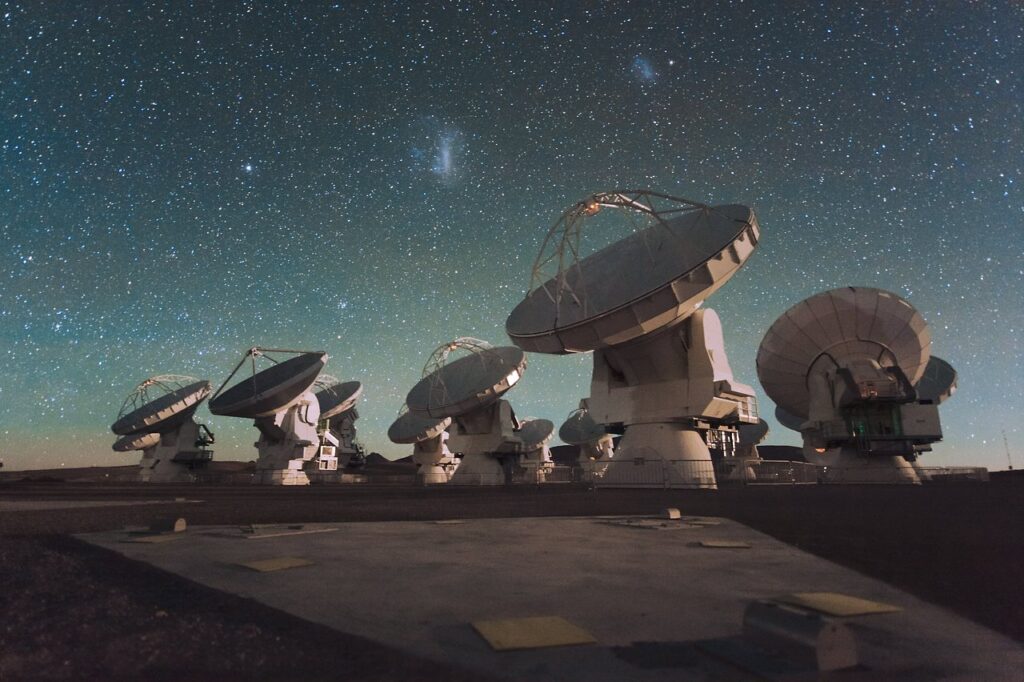
What Does Black Hole Detected Spinning at Blistering 80% of Its Max Speed Mean?
Black holes are characterized by three primary traits: mass, spin, and electric charge. For astrophysical black holes, charge is usually negligible. So that leaves us with mass and spin.
A spin of 0 means no rotation. A spin of 1 means it’s spinning at the fastest speed theoretically possible without breaking the laws of physics—a state where the black hole would be on the verge of tearing spacetime.
M87* has a dimensionless spin parameter (a) of 0.8, meaning it rotates at 80% of this universal limit. That’s like spinning a top so fast it nearly flies off the table—but in this case, the “table” is the fabric of spacetime.
Why Black Hole Spin Matters (Even If You’re Not an Astrophysicist)
A spinning black hole isn’t just a celestial twirl. Its rotation has real-world implications for how galaxies evolve, how stars are born (or snuffed out), and how matter behaves under the most extreme conditions known.
1. Confirms Einstein’s General Relativity
Einstein’s theory of General Relativity predicted the existence of frame-dragging, where a rotating object twists the very fabric of spacetime around it. In M87*, the brightness asymmetry and the motion of its massive jet support this phenomenon perfectly. It’s as if spacetime itself is being stirred like honey in a cup of tea.
2. Explains the Power of Galactic Jets
M87* isn’t quiet. It’s launching a colossal jet of charged particles that stretches across thousands of light-years. This is not a random burp—it’s structured, fast, and incredibly powerful.
This jet is thought to be powered by the Blandford-Znajek process, where the black hole’s spin, coupled with magnetic fields, pulls energy out of the hole’s rotation to launch material into space at near-light speeds.
These jets influence star formation across galaxies by heating up or expelling gas—determining whether or not new stars are born. So in a real way, black hole spin plays god with galactic evolution.
3. Offers Clues About How Black Holes Grow
Spin also tells us a black hole’s origin story. A high, consistent spin like M87*’s suggests it likely grew gradually over billions of years, pulling in gas and stars steadily instead of merging violently with other black holes. That insight challenges older models that assumed chaotic, smash-and-grab growth.
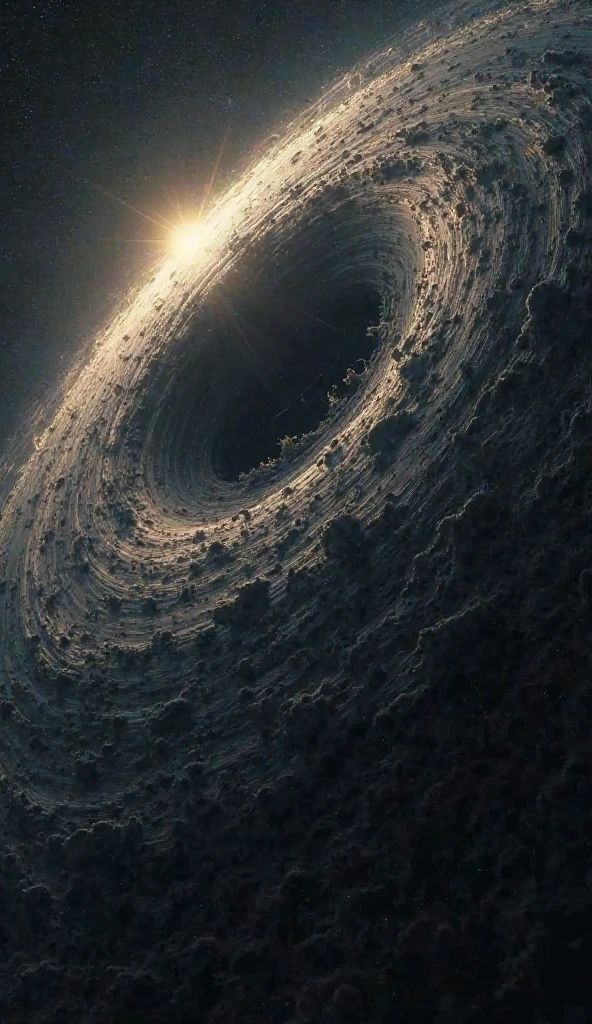
How Did Scientists Measure the Spin?
There’s no cosmic tachometer strapped to a black hole. So how do scientists know how fast it’s spinning?
Jet Precession
The direction of M87*’s jet appears to “wobble” slightly—like a spinning top. This is known as precession, and it’s a smoking gun for frame-dragging. Observations suggest this wobble has a period of around 11 Earth years, matching predictions for a spin of 0.8.
Light Bending and Simulation Matching
Using radio telescopes around the world, the EHT collects data on how light bends around the black hole. Scientists then run supercomputer simulations with different spin values and compare the results to the observed data. The best fit? A spin of 0.8.
A Real-Life Analogy: Black Hole Spin for Kids
Imagine Earth is a huge pizza, and the black hole is a wild pizza cutter that not only slices it but also spins the whole pie so fast that even the sauce gets flung off. That spinning motion affects everything on the tray—the cheese, the crust, even the tablecloth.
That’s what M87* is doing. Its rotation is pulling, pushing, and rearranging spacetime and matter all around it. And the tools we’ve used to observe it are sharp enough to catch the smallest details—even across millions of light-years.
Historical Context: From Theory to Proof
- 1963: Roy Kerr solves Einstein’s equations for a rotating black hole—gives us the “Kerr metric.”
- 1970s–1990s: Theorists suggest spin could power jets; early X-ray observations hint at rotation.
- 2015: LIGO detects gravitational waves from spinning black holes.
- 2019: EHT delivers first direct image of a black hole (M87*).
- 2024: EHT data reveals spin of M87* at ~0.8.
In just 60 years, black hole spin has gone from blackboard math to observable fact.
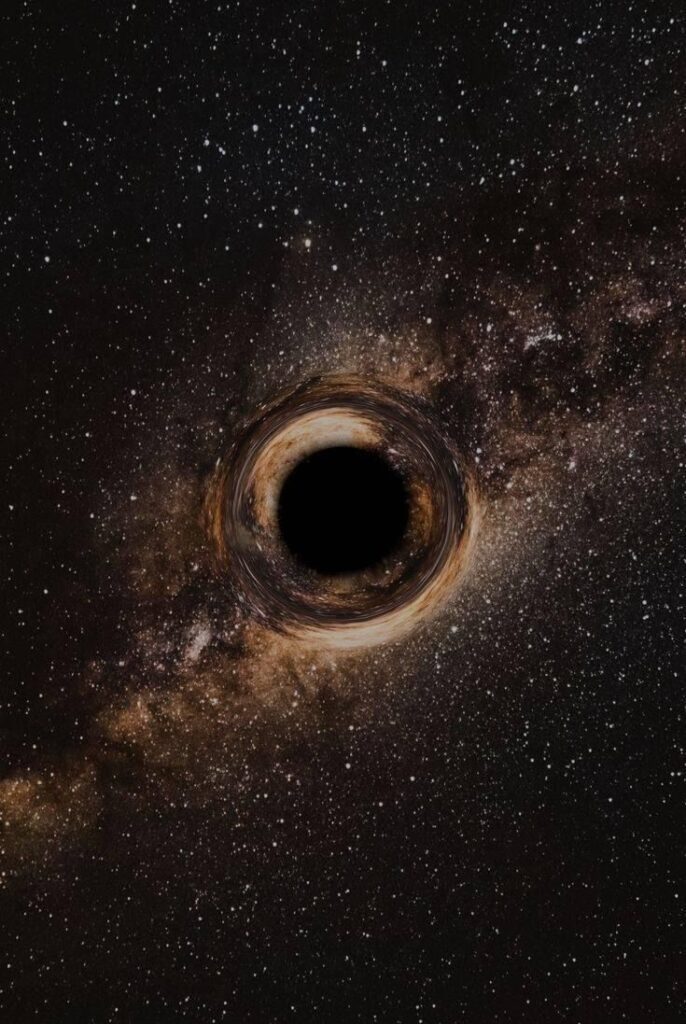
What’s Next? The Future of Black Hole Science
This discovery is just the tip of the cosmic iceberg. Here’s where the research is heading next:
Next-Gen Event Horizon Telescope
Plans for an upgraded Next Generation EHT are already underway. It will have more telescopes, wider coverage, and even the potential to create videos of black hole behavior in real-time.
Targeting Sagittarius A*
Our own galaxy’s central black hole, Sgr A*, is also under observation. Scientists hope to apply the same spin detection methods to it, giving us a localized test case for comparison.
Advancing Quantum Gravity Theories
Extreme environments like M87*’s edge could help researchers test ideas about quantum gravity, string theory, or information paradoxes. If any deviation from Einstein’s model appears, it could rewrite physics as we know it.
Implications for Education and Careers
This discovery is an incredible motivator for students and professionals in STEM. Fields that benefit from this research include:
- Astronomy and Astrophysics
- Computer Modeling and Simulations
- Radio Engineering and Signal Processing
- Data Science and Machine Learning
For young learners, NASA and the EHT collaboration offer public outreach, educational materials, and internships. Explore opportunities here:
- NASA Student Programs
- Harvard-Smithsonian Center for Astrophysics
- National Radio Astronomy Observatory
This Shocking New Theory of Life Doesn’t Involve Monkeys or Dolphins—And It’s Blowing Minds
Not Gold, Not Platinum—This Man’s Mysterious Rock Was Worth More Than Both and Came from Space



